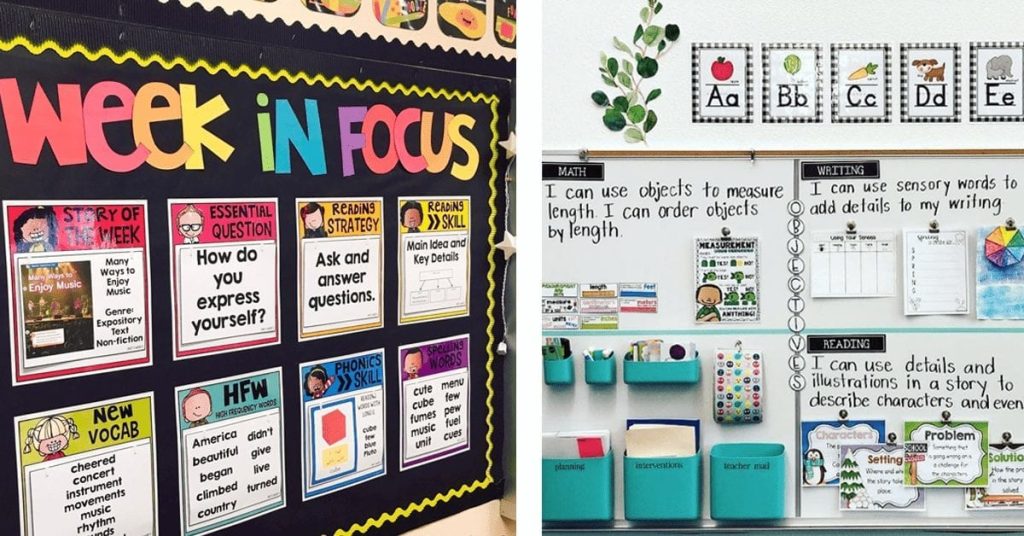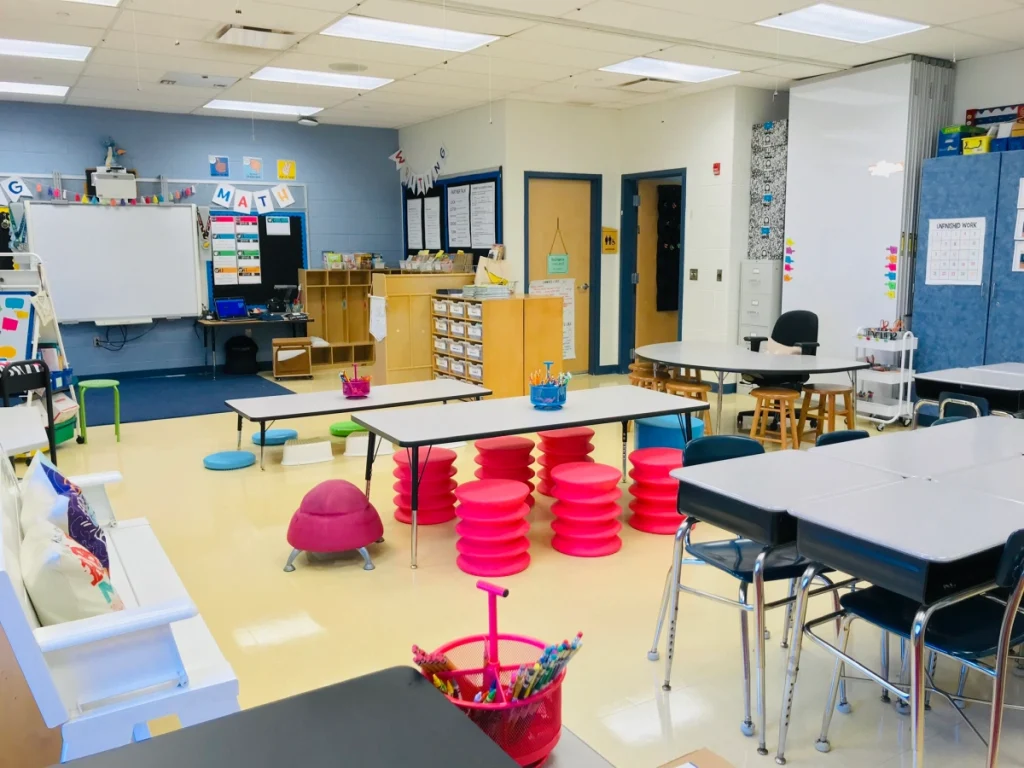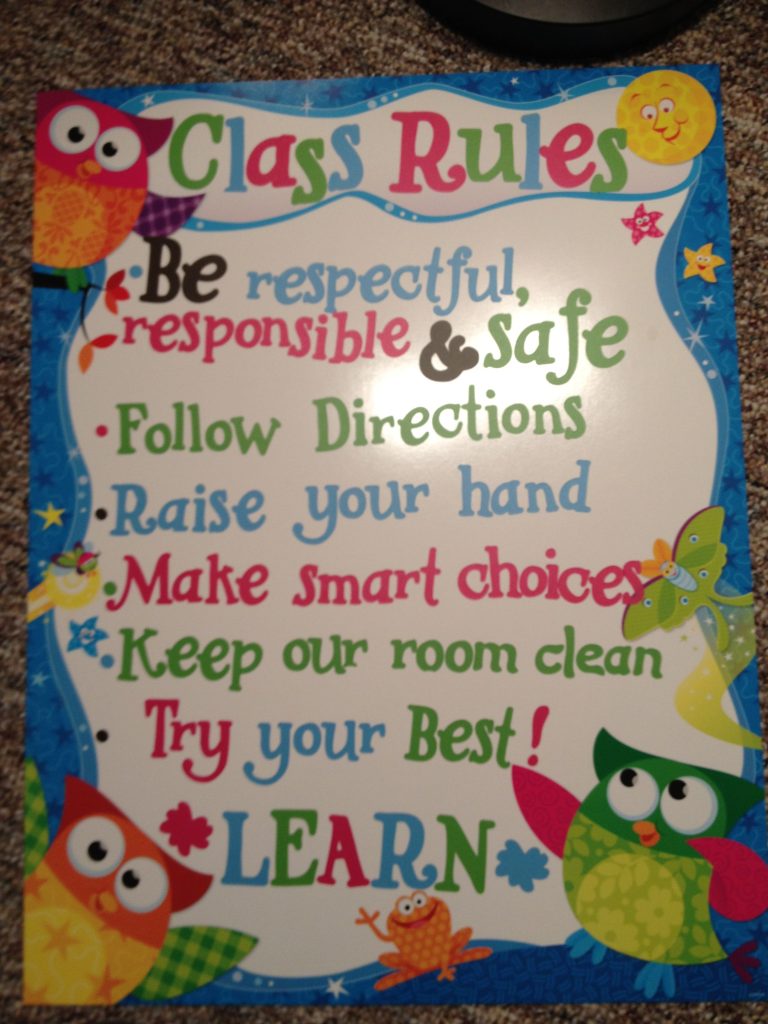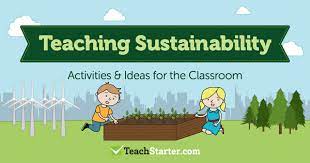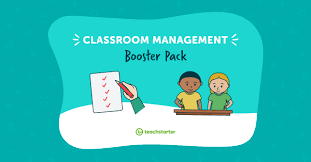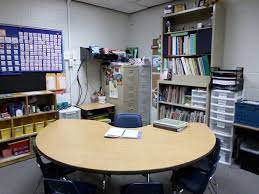A Focus Wall is a dedicated space in the classroom where teachers display important learning targets, words, and concepts that students need to know. It’s a tool used to highlight the current topics of study, making information accessible and visible to all students. Focus Walls are dynamic and change with the content throughout the year. They are especially useful in primary school settings where visual learning is paramount.
Incorporating Visual Aids
Visual aids on a Focus Wall can range from anchor charts, vocabulary word cards, to poster-sized graphics that illustrate concepts like the water cycle or parts of speech. These aids should be colorful and engaging to draw student attention.
Interactive Elements
Interactive elements invite students to engage with the information on the Focus Wall directly. This could be as simple as allowing students to add vocabulary words they’ve learned or as complex as using Velcro-backed pieces to build sentences or solve math problems.
Thematic Sections
Organizing the Focus Wall into thematic sections helps keep information organized and clearly segment different subject matter. For example, you might have a section for math that features number lines and shape charts, while another section might be for language arts with grammar rules and reading strategies.
Changing Content Regularly
The content displayed on a Focus Wall should be rotated regularly to reflect the changing curriculum. This keeps the wall fresh and ensures that it remains relevant to what students are currently learning.
Student Work Display
Incorporating space for displaying student work on the Focus Wall not only personalizes it but also gives children a sense of pride and ownership in their classroom. It motivates others to contribute when they see their peers’ work honored.
Accessibility
Ensure that all students can see and interact with the elements on your Focus Wall by placing items at various heights and within reach of all students, including those with physical disabilities.
Focus Walls can transform classrooms into engaging spaces conducive to learning. Effective use of a Focus Wall supports diverse learning styles and helps keep students centered on key concepts and goals throughout their educational journey.
